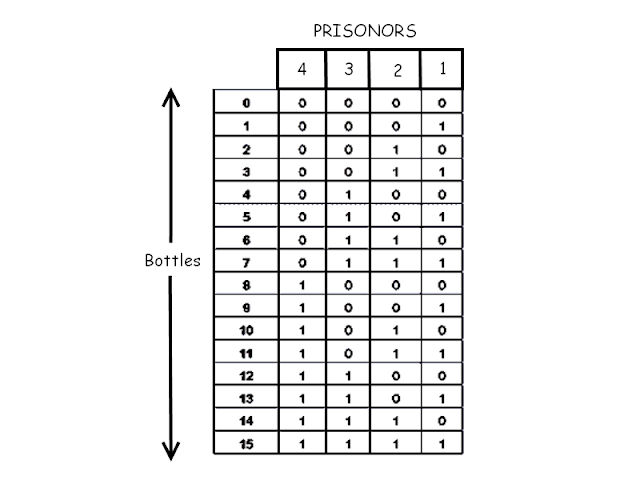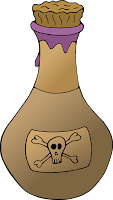"Save Your House From Me!"
Okay, I’ll ask three questions, and if you miss one I get your house. Fair enough? Here we go:
1.A clock strikes six in 5 seconds. How long does it take to strike twelve?
2.A bottle and its cork together cost $1.10. The bottle costs a dollar more than the cork. How much does the bottle cost?
3.A train leaves New York for Chicago at 90 mph. At the same time, a bus leaves Chicago for New York at 50 mph. Which is farther from New York when they meet?
You need little common sense in answering above!
1.A clock strikes six in 5 seconds. How long does it take to strike twelve?
2.A bottle and its cork together cost $1.10. The bottle costs a dollar more than the cork. How much does the bottle cost?
3.A train leaves New York for Chicago at 90 mph. At the same time, a bus leaves Chicago for New York at 50 mph. Which is farther from New York when they meet?
You need little common sense in answering above!









